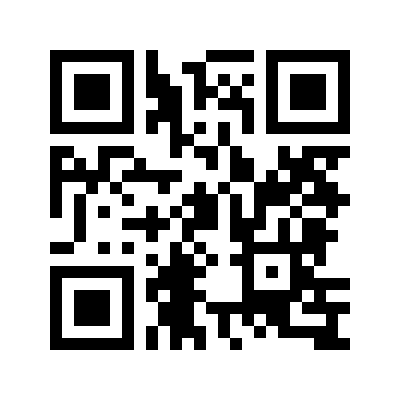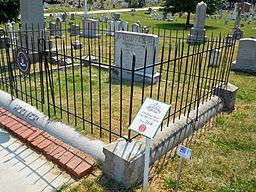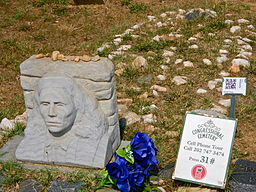QRpedia has been shortlisted for the Smart UK Project to find the UK’s most innovative mobile company.
Here is our press release:
Introducing QRpedia
17 January 2012
QRpedia is proud to have been chosen by the UK National Archives to install our “Smart QR Codes” throughout their exhibits.
This builds on our success with museums around the world.
QRpedia codes can now be found at the National Children’s Museum, Indianapolis, The National Museum of Computing, Bletchley Park, Juan Miro Gallery, Barcelona – and several other cultural institutes in Europe, Russia, and North America.
What people are saying about QRpedia:
Terence Eden, lead developer on QRpedia said
“We’re incredibly excited that the Smart UK Project have recognised QRpedia. Our innovative language-detecting QR codes help improve visitor interaction with museum exhibits and open galleries, archives, and libraries up to the full power of the mobile Internet.”
“QRpedia is the perfect way to get access to massive amounts of cultural information. A typical museum display has less than a paragraph of text, often just in one language – QRpedia can give encyclopedic information in hundreds of languages. Recently, in Derby Museum, a painting by Joseph Wright was taken away for cleaning. The Museum staff have put a QRpedia code in its place so that visitors can still see a high quality image of the painting, and read information about the painting and its creator.”
Roger Bamkin, co-creator of QRpedia and chair of Wikimedia UK said
“QRpedia has been a successful catalyst for change in museums. We see e-volunteers giving thousands of hours to support museums that they may never visit. Hundreds of new articles have been created in dozens of different languages.”
“QRpedia enables the public to participate and curate objects in a new and interesting way from inside and outside the gallery.”
About QRpedia
- QRpedia is the revolutionary way for museums to regenerate their exhibits.
- QRpedia’s unique technology automatically detects the visitor’s language and redirects them to a mobile formatted article written in their preferred language.
- At a time of increasingly squeezed budgets, QRpedia is a cost effective way for museums to refresh their exhibits.
- QRpedia works on any camera phone – no proprietary app is needed.
- QRpedia has an enthusiastic community of clients and volunteers who assist new museums as they join.
- QRpedia is installed in dozens of art galleries, museums, archives, libraries, botanical
gardens, and other cultural institutions. They use QRpedia because they believe in the spirit of collaboration, and giving access to high-quality information to all their visitors.
QRpedia has been reported by the press in over a dozen languages. We have been featured on American radio, Russian television, Spanish television, as well as several times in the UK.
For more information:
http://qrpedia.org or http://en.wikipedia.org/wiki/Qrpedia
Or contact:
Email: Roger Bamkin
Call: +44 7582 020 815
Email: Terence Eden
Call: +44 7717 512 963
Skype / Gtalk: Terence.Eden
Scan to find out more!





